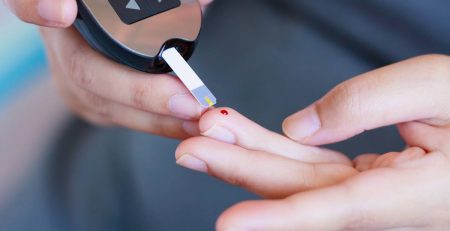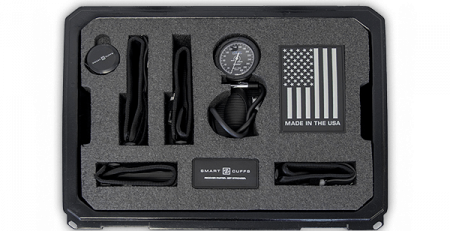Joint Hypermobility Syndrome
We’ve all seen those people who can touch their forearm with their thumb, or bend their fingers right back. People often call this ‘double jointed’. But what it is, in fact, is hypermobility.
What is Hypermobility?
Hypermobility can affect any joint in the body, and is caused by abnormal collagen content in the fibres of the ligaments, causing an increase in elasticity. It is generally an inherited trait, and is more frequent in women than men. Where there is hypermobility in multiple joints, accompanied by joint and muscle pain, and sometimes fatigue, the condition is referred to as Joint Hypermobility Syndrome.
There is no prevention or cure available, although generally as we age joints and ligaments become less flexible and mobile, so the condition can reduce. Knee, ankle and shoulder joints are most likely to be affected, and osteoarthritis can develop as a result of weakened joints.
Joint Hypermobility Syndrome is often present with other syndromes such as Down or Marfan Syndromes.
The Beighton Score
Hypermobility is diagnosed using the Beighton Score. Here’s how to check if you might have the condition
For every on of the things below you can do, give yourself one point. Can you:
- Bend your knee backwards
- Bend an elbow backwards
- Bend a thumb backwards onto your forearm
- Bend a little finger back more than 90 degrees
- Put your hands flat on the floor with your knees straight
If you scored 4 points, you are likely to be hypermobile. If you scored 4 points, and experience joint or muscle pain regularly, you could have Joint Hypermobility Syndrome
Symptoms
Often there are no symptoms – other than your ability to move your body in ways others can’t. However, people with Hypermobility are at much higher risk of injury of sprains, strains, subluxation (where a joint slips out slightly) and dislocation (where a joint slips out completely). Recovery from injury can also take longer where Hypermobility is present due to the reduced amount of collagen in the ligament fibres.
Sufferers of generalized Hypermobility might also find they have trouble with balance and co-ordination. And of course, this compounds the tendency towards sprains and strains.
Hypermobility can also affect the arches of your feet, causing them to flatten.
Treatment
Possibly the most important aspect of managing and treating Hypermobility is preventative. Maintaining strength in the muscles around the joints will reduce the likelihood of injury.
If pain is present, there are a number of things that can be done:
- Take anti-inflammatories to ensure the tissues around the joints remain healthy
- Warm baths and heat packs will reduce pain
- Use heat-rub creams like arnica to reduce any pain and swelling
- Regular chiropractic treatment to ensure proper alignment, and keep the muscles strong
- Visit a Podiatrist to ensure your foot arches are supported correctly
- Regular massage to improve blood flow in the muscles
- Strengthening and balancing exercises – it is very important to keep the muscles strong, particularly the core, and those around the affected joint. This will help avoid injury.
Do’s and Don’ts
Do
- Low impact exercise – yoga is great, but care should be taken not to overextend joints
- Maintain a healthy weight
- Take care choosing shoes – if you have flat feet consider orthotics
- Make regular visits to the Chiropractor to ensure your joints are as healthy as possible
- Have a Podiatrist check out your feet to ensure your arches are up tot the task, and consider orthotics if they are not
Don’t
- Do high impact exercise
- Overexercise
- Be tempted to overextend your joints as a party trick or whilst doing yoga
If you think you may have Hypermobile joints or Joint Hypermobility Syndrome, call our Baulkham Hills clinic on 9639 7337 to have a full assessment and treatment plan developed by our experienced Chiropractor.




